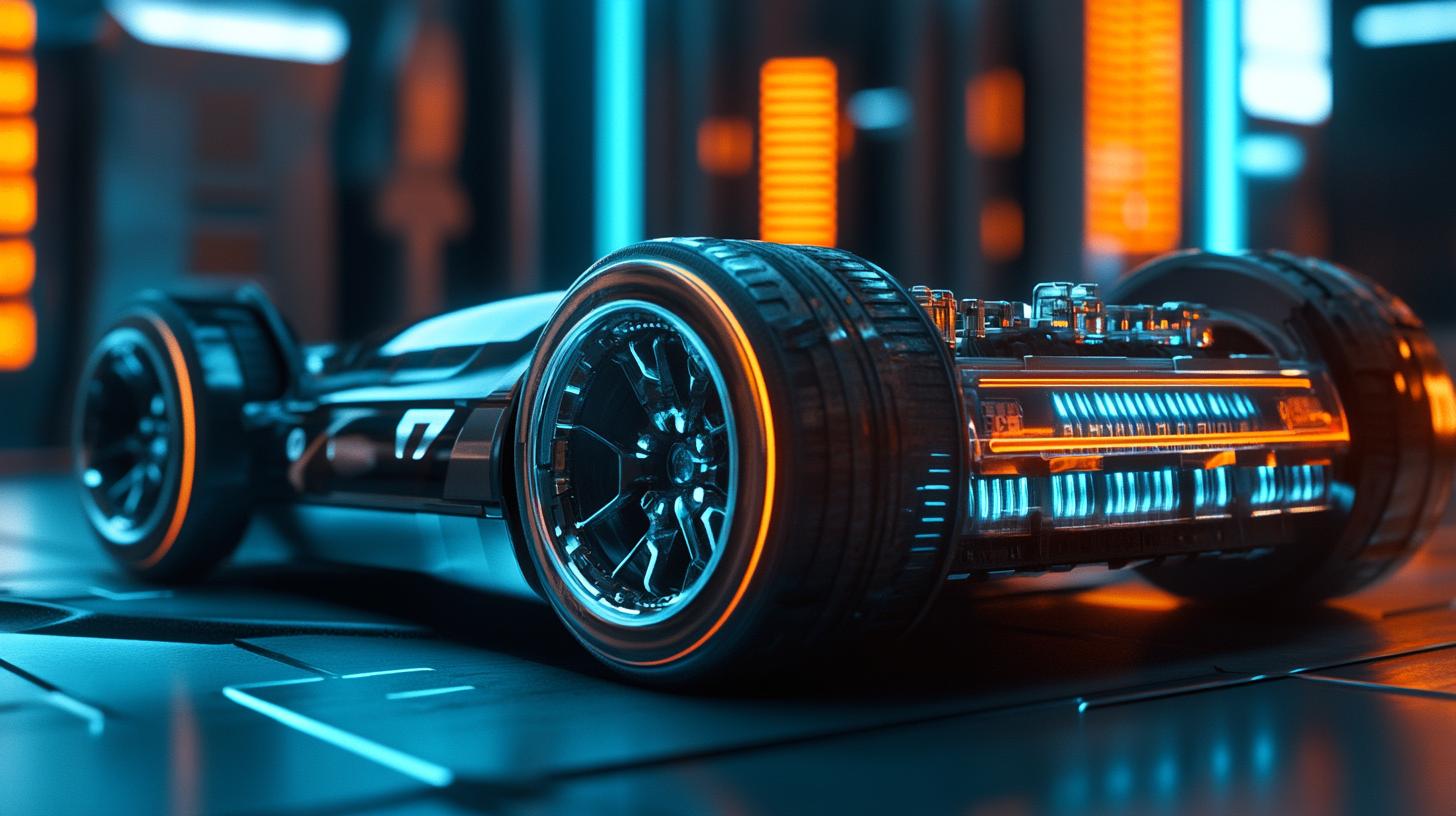When it comes to astrophotography, few cameras can match the capabilities of the Nikon P1000, especially for amateur astronomers and photography enthusiasts. This powerful camera, known for its extraordinary zoom capabilities, allows users to explore celestial wonders such as Saturn with remarkable clarity. The P1000’s impressive features make it a popular choice for those eager to capture images of distant planets and intricate details of our universe.
One of the standout features of the Nikon P1000 is its 125x optical zoom lens, equivalent to a focal length of 24-3000mm. This incredible zoom capability allows photographers to zoom in on distant subjects, including planets, stars, and other celestial objects. To put this in perspective, capturing Saturn with a telescope typically requires dedicated, high-end equipment. However, with the P1000, amateur astronomers can achieve stunning images of the ringed planet directly from their backyard.
When photographing Saturn, it’s essential to understand the lighting conditions, as clear skies and minimal light pollution significantly enhance the quality of the final images. Using the P1000’s manual controls, photographers can adjust settings such as ISO, aperture, and shutter speed to optimize their images. A lower ISO setting can help minimize grain, while longer shutter speeds allow for increased light capture, important for shooting at night.
The focus capability of the P1000 also deserves attention. With features such as digital zoom enhancements and manual focus options, users can fine-tune their focus to ensure that Saturn’s rings and atmospheric details are sharp and clear. Using a tripod is highly recommended for astrophotography, as even the slightest movement can blur the image, especially at high zoom levels.
Nikon P1000 users can also take advantage of the camera’s built-in WiFi and Bluetooth connectivity. This allows for easy sharing of images captured during a night of stargazing, as well as the ability to remotely control the camera from a smartphone. With the accompanying SnapBridge app, users can transfer images quickly to their devices for editing and sharing on social media platforms.
The appeal of capturing Saturn with the Nikon P1000 goes beyond just the technical specifications. For many, photographing this magnificent planet and its iconic rings is a way to connect with the cosmos. Each click of the shutter captures not just a photograph but an opportunity to engage with the wonders of space, igniting curiosity and wonder about our celestial neighborhood.
In conclusion, the Nikon P1000 serves as a powerful tool for aspiring astrophotographers wishing to capture extraordinary images of planets like Saturn. Its exceptional zoom capabilities, user-friendly controls, and advanced connectivity options make it a standout choice for anyone looking to explore the night sky. Whether you are a seasoned photographer or just starting, the P1000 opens up new avenues for capturing the beauty of our universe, bringing distant worlds closer with every shot.
Maximize Your Astrophotography Experience with the Nikon P1000
If you’re fascinated by astronomy and have recently acquired the Nikon P1000, you’re in for an exciting journey. Here are some tips, life hacks, and interesting facts to help you make the most of your astrophotography adventures, particularly when capturing stunning images of celestial bodies like Saturn.
1. Use a Tripod for Stability
Even with the impressive zoom of the P1000, stability is key to achieving sharp images. Invest in a sturdy tripod designed for night photography. This will help prevent any camera shake, especially when capturing long-exposure shots.
2. Master the Manual Settings
Take time to familiarize yourself with the manual controls of your P1000. Learning to adjust the ISO, aperture, and shutter speed will give you greater control over your images. For example, a lower ISO (around 100-200) will reduce noise in your photos, while adjusting the aperture can allow more light in during prolonged exposures.
3. Plan Your Shooting Time
Timing is crucial in astrophotography. Aim to photograph Saturn during the new moon or when it’s in opposition, as this ensures minimal interference from moonlight. Use astronomy apps to track planetary positions and find the best moments for shooting.
4. Post-Processing is Your Friend
Don’t shy away from using photo editing software to enhance your images. Adjust contrast, brightness, and sharpness to bring out the details you captured. Many astrophotographers rely on software like Adobe Photoshop or Lightroom to refine their stellar shots.
5. Explore Potential Accessories
Consider using filters designed for astrophotography. A neutral density filter can help manage excessive light in your images, while a UV filter can protect your lens. Some users also appreciate the addition of a star tracker to enhance long-exposure shots, allowing for stunning time-lapse photography.
6. Join Astrophotography Communities
Engage with fellow astrophotographers online. Joining forums and social media groups can provide valuable tips, critiques on your work, and even opportunities for collaboration. Share your experiences and learn from others who are just as passionate about capturing the night sky.
Did You Know?
The Nikon P1000 isn’t just powerful for planets; it’s also great for capturing deep-sky objects. With appropriate settings and techniques, you can photograph stunning nebulae and star clusters. The key is to experiment and see what works best for your style.
Looking for more inspiration and resources? Browse through Nikon’s official website for tutorials, product updates, and more tips on maximizing your photography skills.
In conclusion, the Nikon P1000 offers tremendous potential for both novice and experienced astrophotographers. By utilizing these tips and making an effort to learn and connect with others in the field, you’ll find yourself capturing breathtaking images of Saturn and beyond in no time. Embrace the beauty of the universe and let your creativity soar!






















